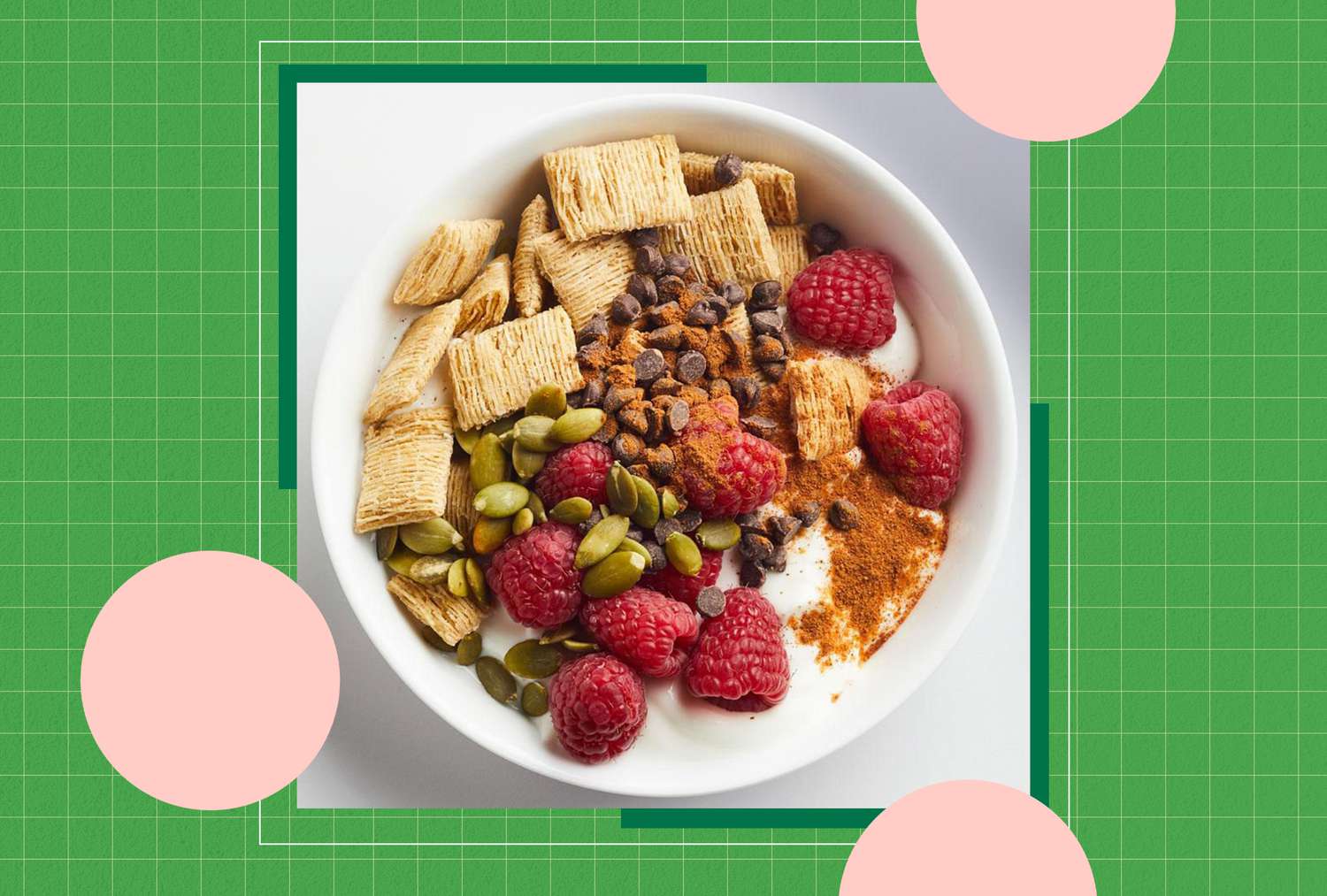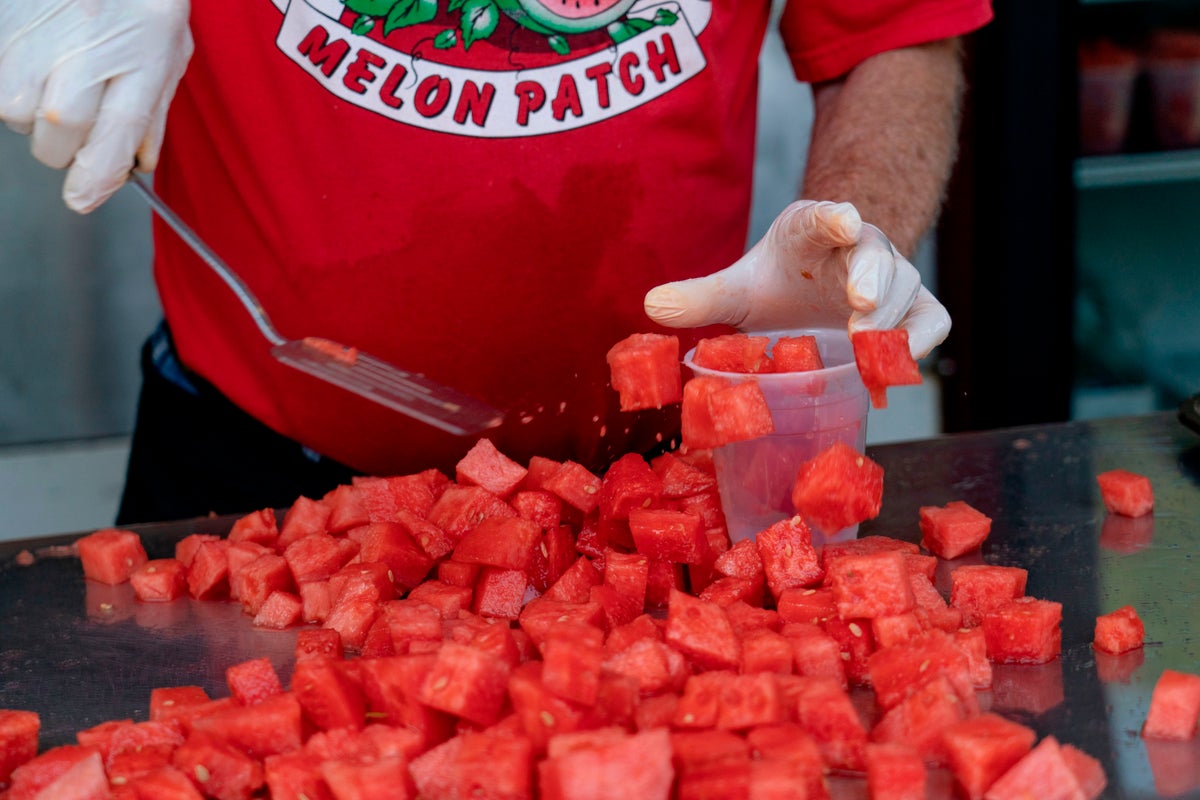Taking proactive steps to manage your blood sugar if you’ve been diagnosed with insulin resistance is crucial for your lifelong health. After all, insulin resistance is a serious condition where you body has a compromised to transport and store glucose due to cell receptors not responding to insulin, the hormone involved in glucose transport. If not managed properly, insulin resistance can increase your risk of developing prediabetes, type 2 diabetes, inflammation and other cardiovascular related conditions.
Thankfully, you don’t have to give up nutrient-dense foods in the name of better blood sugar balance. In fact, diabetes nutrition experts share that eating these six foods that have received a bad rap in the past can actually offer support for managing insulin resistance. In this article, let’s explore what these foods are and just why nutrition experts recommend including them as part of a balanced diet.
6 “Bad” Snacks You Actually Should Be Eating If You Have Insulin Resistance
1. Avocado
Thankfully the outdated idea that avocados were too high in dietary fat and should be avoided has started to fade out. However, New Jersey based dietitian, Erin Palinski-Wade, RD, CDCES, author and creator of The Blood Sugar Fix, shares that it still remains a concern for some patients. She says, “If you have ever been concerned about consuming avocado because of the fat content, don’t be. This unique fruit provides a good source of fiber along with healthy fats and contains zero grams of naturally-occurring sugar per serving and does not significantly affect the glycemic response.” For reference, 100 grams of a medium avocado (a little over one third of a fruit) contains roughly 13 grams of heart-healthy unsaturated fats and 7 grams of dietary fiber, in addition to a slew of other vitamins and minerals, like vitamin K, folate, potassium and carotenoids like lutein and zeaxanthin.
A study published in the Journal of Nutrition found that the healthy fat and fiber combo in avocado positively impacted dietary patterns in subjects with overweight or obesity and insulin resistance. Avocado consumption not only demonstrated improvements in heart health biomarkers, but also improved glucose control.
Feel free to enjoy avocado in moderation as part of a healthy, balanced diet and consider combining hearty chicken and avocado to make a protein-rich, fun twist on chicken salad.
2. Cheese
While this snack may be a go-to for many, cheese is often feared due to its fat content too. But, Los Angeles based dietitian, Vandana Sheth, RDN, CDCES, FAND, plant-based diabetes expert confirms it shouldn’t be. She shares, “Cheese is often a concern and avoided due to its saturated fat content. However, it can be a good source of protein and calcium and help with blood sugar balance.”
A 1-ounce serving of reduced-fat cheddar cheese provides 8 grams of high-quality protein in addition to important minerals, like calcium and potassium. While this same serving also provides 3.5 grams of saturated fat and 178 milligrams of sodium, you don’t have to steer clear of it. Instead, Sheth recommends enjoying it in moderation and sticking to that 1-ounce serving.
Plus, a systematic review and meta-analysis of randomized clinical trials published in Nutrients confirmed that including dairy foods, especially low-fat dairy products, had a favorable effect on insulin resistance, waist circumference and body weight. While more research is certainly welcomed, this work confirmed that including dairy foods, like cheese, in moderation can actually help lower one’s risk for developing type 2 diabetes.
3. Eggs
Eggs have ebbed and flowed in popularity throughout the decades. While Sheth notes they sometimes get down played due to their cholesterol content, that shouldn’t deter you from including this nutrient-rich protein in your eating pattern if you have insulin resistance. She advises, “Eggs are an excellent source of high-quality protein, healthy fats, choline and vitamin D. Protein can help slow down the digestion process and help stabilize blood sugar levels and improve insulin sensitivity.”
Another review published in Nutrients confirmed adding eggs to one’s diet is not as scary as once believed, especially for those with diabetes. In fact, the research seemed to find quite the opposite, noting that those individuals who consumed eggs more frequently experienced improved blood lipid profiles, insulin sensitivity and glucose response. Remember, eggs aren’t just made up of dietary fat. One large egg provides 6 grams of high-quality protein alongside 147 milligrams of choline, an important nutrient for cognitive health, as well as lutein and zeaxanthin, two carotenoids that support eye health.
Since there are a variety of egg options on the market, Sheth suggests if your budget allows to “choose pasture-raised or omega-3-enriched eggs when available as these can help with heart health and reduce inflammation.”
4. Fortified Cereal
While carbohydrate-containing foods are often thought of as poor choices for someone with insulin resistance, Sheth shares that is not necessarily the case. She says, “Many cereals are thought to be ‘unhealthy’ due to their high added sugar content, but there are a wide array of options when it comes to cereal. Select those that are higher in fiber since whole grains can be helpful for blood sugar management and help minimize blood sugar spikes when paired with a protein”, like cereal served with milk.
Earlier research published in Diabetes Care supports this, finding that in a randomized controlled crossover study participants who increased insoluble fiber via fortified cereal bread (meaning oat-fiber enriched white bread) experienced improved insulin sensitivity after just three days. Given cereal fiber, or whole grains, comes in a variety of forms, this earlier research helped set the stage for recommendations today that still encourage a ¾-cup serving of whole grain cereal as an appropriate and acceptable carbohydrate source for blood sugar management.
Since there are a variety of cereal options on the market, Sheth recommends looking at the nutrition facts panel and selecting one that “reads whole grain as the first ingredient, while providing at least 3 to 5 grams of fiber and minimal added sugars.”
5. Mixed Nuts
“If the fat and calorie content of nuts concerns you, don’t stress over it. Nuts provide a good source of healthy, unsaturated fats”, shares Palinski-Wade. In fact, research that examined the data surrounding nut consumption on insulin resistance and cardiovascular risk factors and found some promising results. Not only did nut consumption improve glucose control and supress appetite, but it also lowered cholesterol and altered the gut microbiota, in turn possibly offering an anti-diabetic effect. While the nutrient composition varies amongst nuts, generally speaking they all provide important nutrients, like dietary fiber, unsaturated fats and some phytonutrients that contribute to these promising results towards blood sugar management.
The only caveat is their sodium content. Higher sodium intakes aren’t recommended for people with high blood pressure or certain medications. If you have insulin resistance and cardiovascular concerns already, it’s best to select the type of nuts you consume wisely. Palinski-Wade suggests, “Although sodium does not directly impact blood sugar levels, you can opt for unsalted or lightly salted nuts to reduce sodium if you follow a low sodium meal plan.”
6. Prunes
Yes, dried fruit can be included in a blood-sugar-friendly diet. Palinski-Wade shares, “Many individuals see grams of sugar on a food label and panic. But added sugar differs from naturally-occurring sugar, as naturally-occurring sugars are usually found together with beneficial nutrients such as fiber and antioxidants, allowing them to have a lesser impact on blood sugar levels.”
Case in point, prunes are a welcomed addition to a diet set to improve insulin resistance thanks to their nutrient profile. Eating one serving of prunes—about 4 to 5 prunes—packs 4 to 5 grams of filling fiber as well as beneficial nutrients, like potassium, vitamin K, boron and others.
Research shows that adults who consume higher fiber intakes have less insulin resistance than their counterparts, supporting the idea that dietary fiber really is a blood sugar super star. While it’s certainly important to consider how it fits into your overall pattern, adding naturally-sweetened dried fruit with a handful of nuts may help your blood sugar management more than you expected.
The Bottom Line
Diabetes nutrition experts agree that smart snacking can actually benefit your blood sugar levels if you have insulin resistance. Foods that often get overlooked but are actually key players in a diet to improve insulin resistance, like avocados, cheese, eggs, fortified cereal, mixed nuts and prunes, should be included in moderation. Sheth writes, “Enjoying these snacks as part of a healthy diet can help support your blood sugar management goals. Pair them with non-starchy veggies, nuts, seeds and fruits to create balanced meals or snacks that are satisfying and promote a steady blood sugar level throughout the day.”


